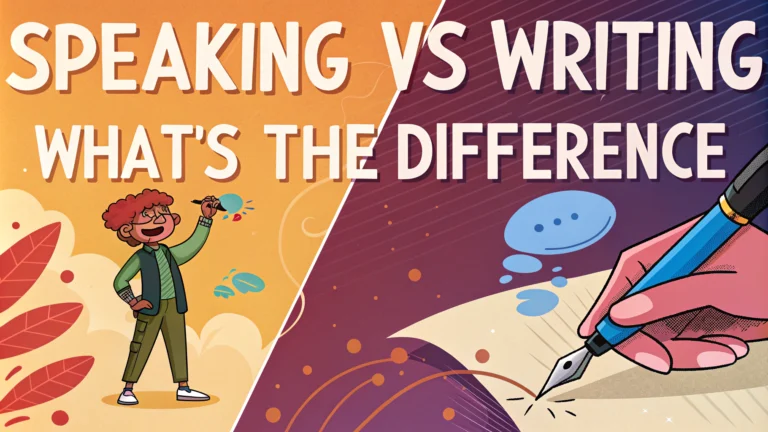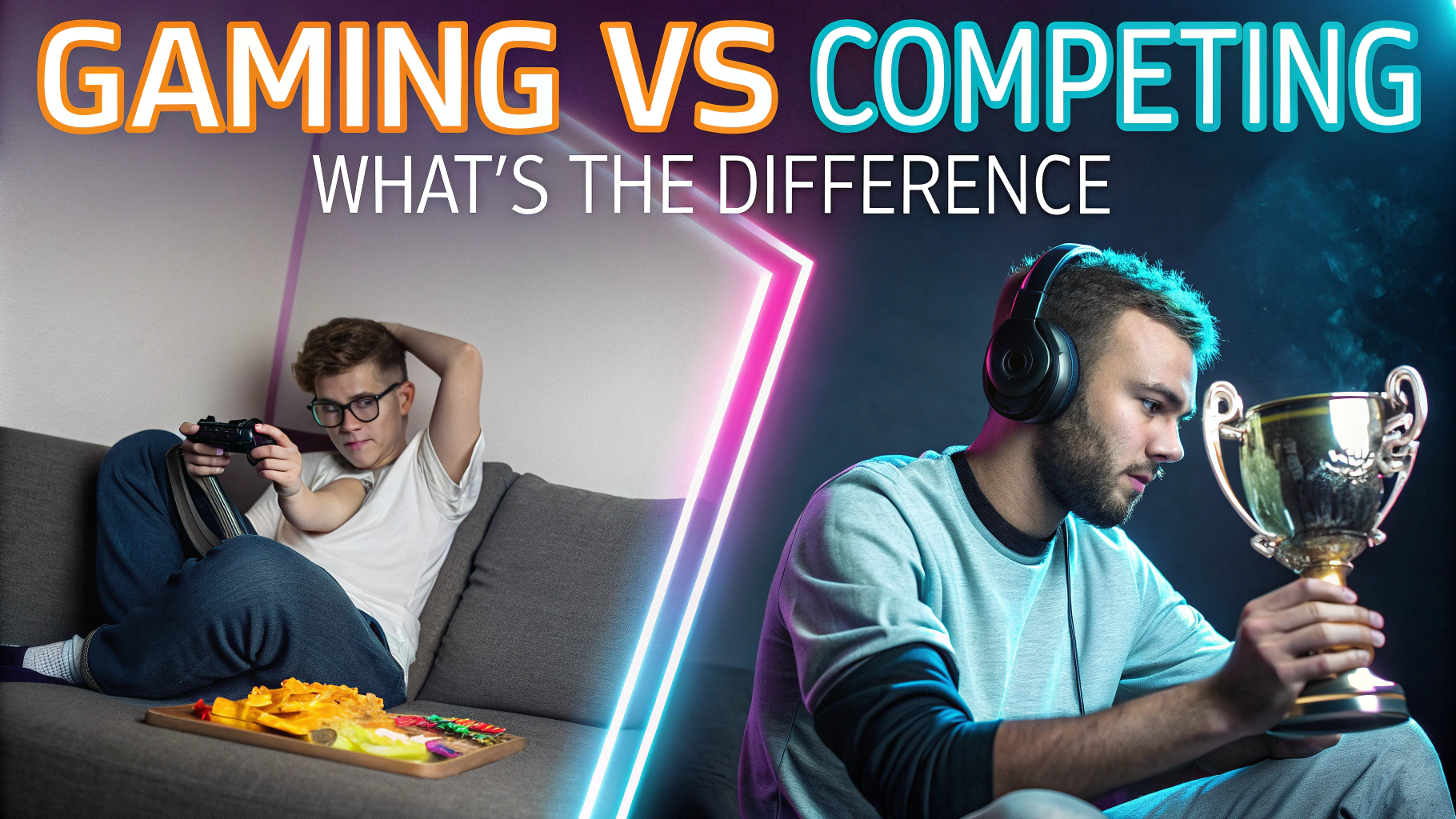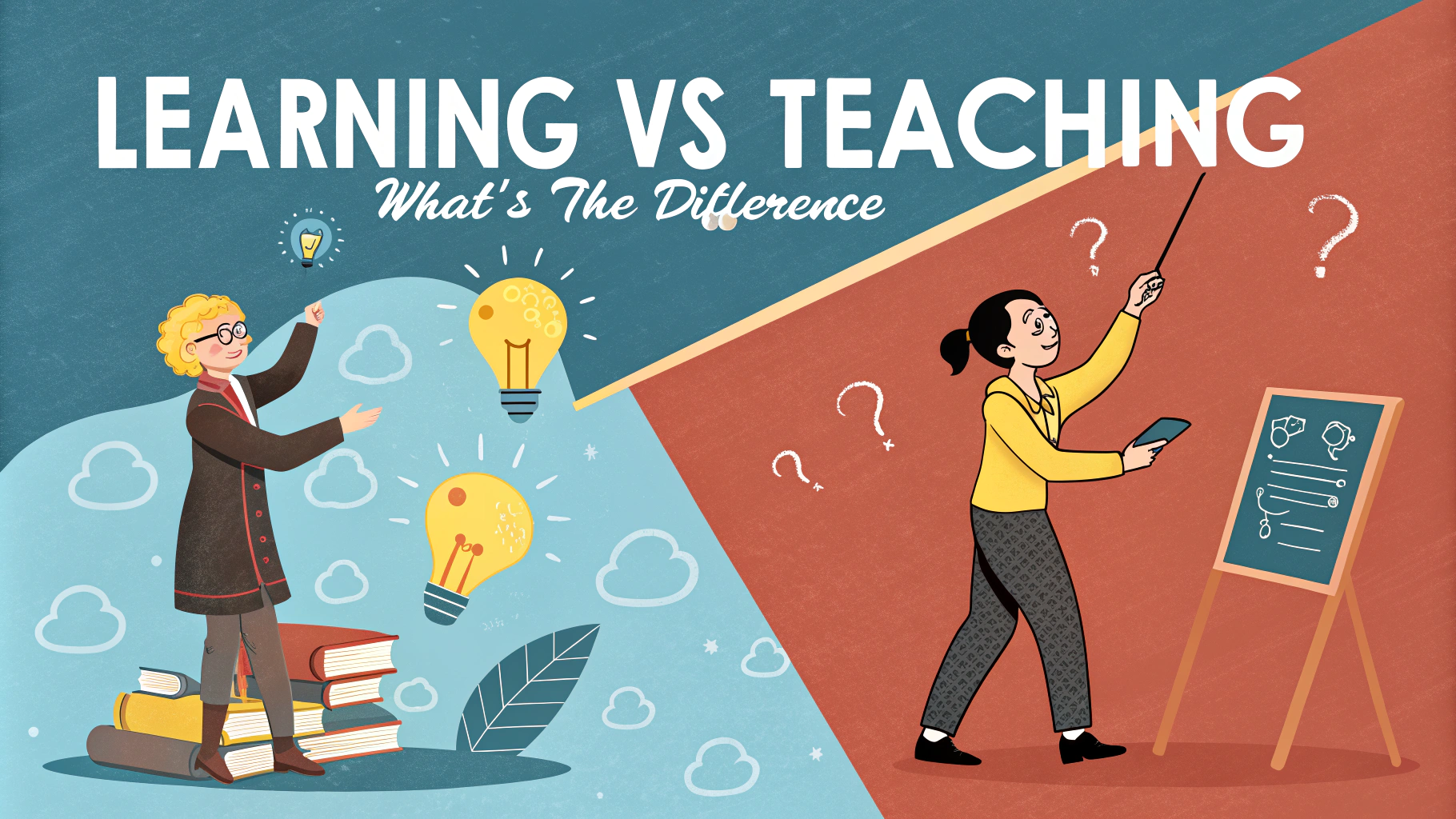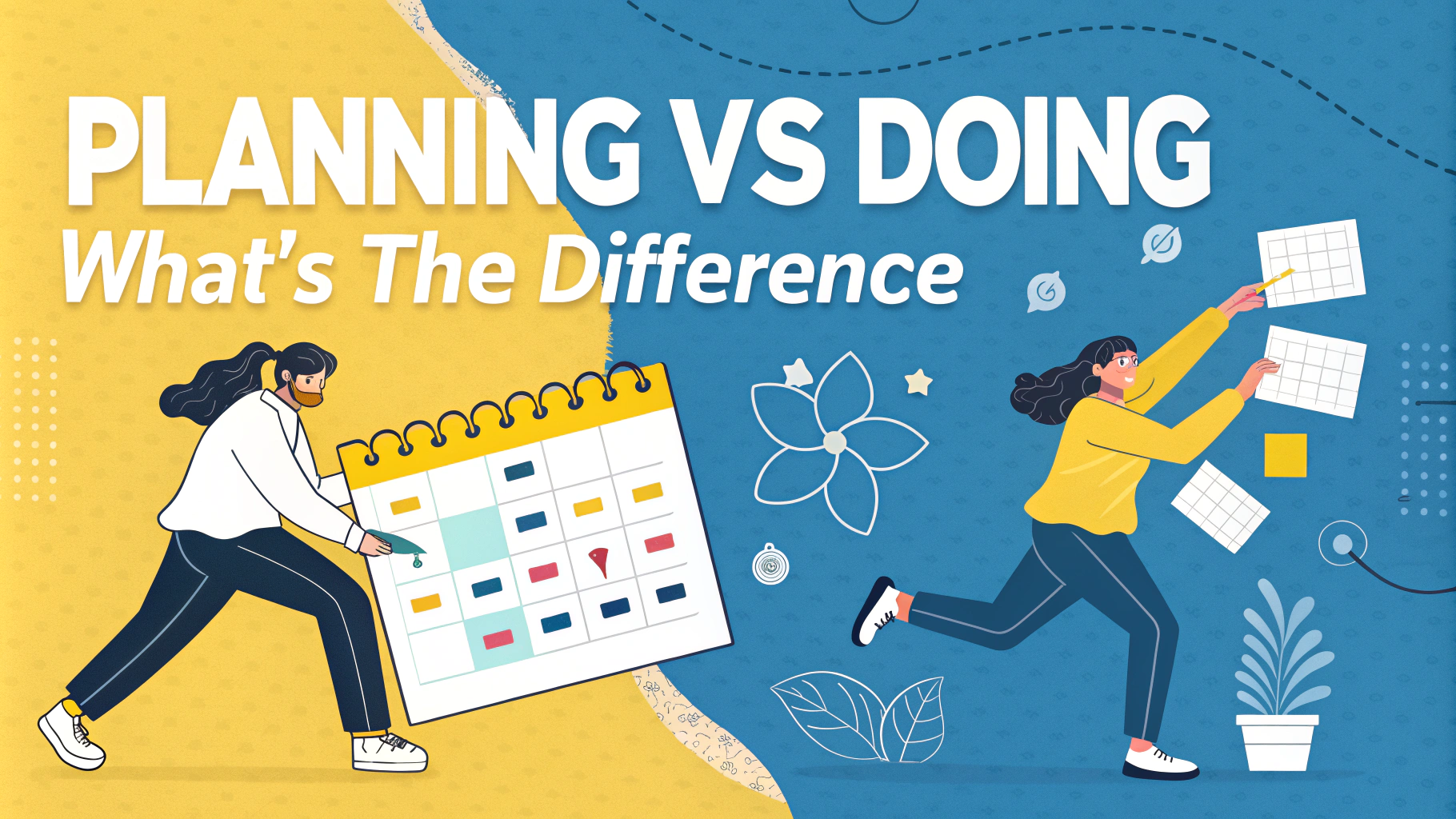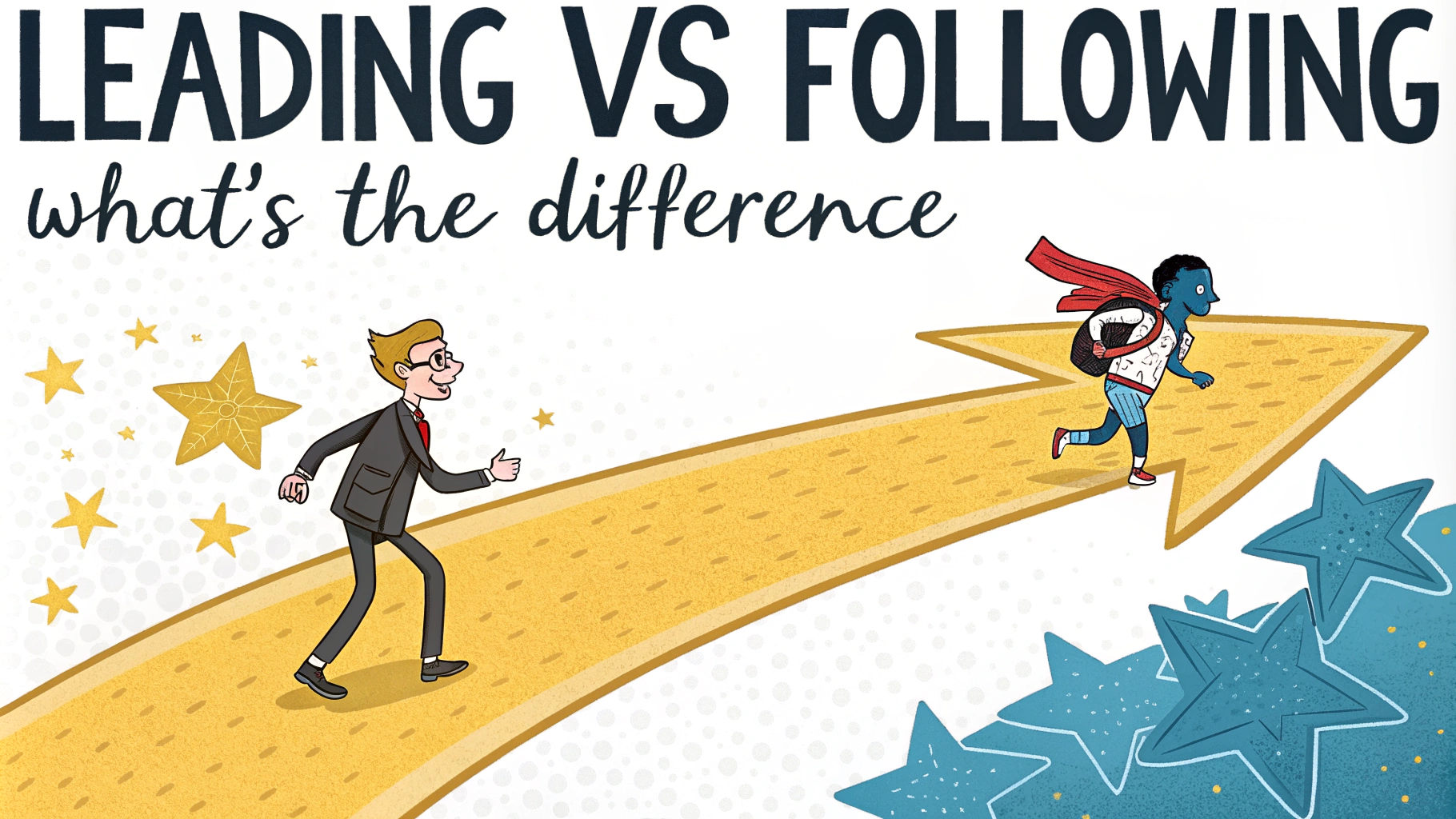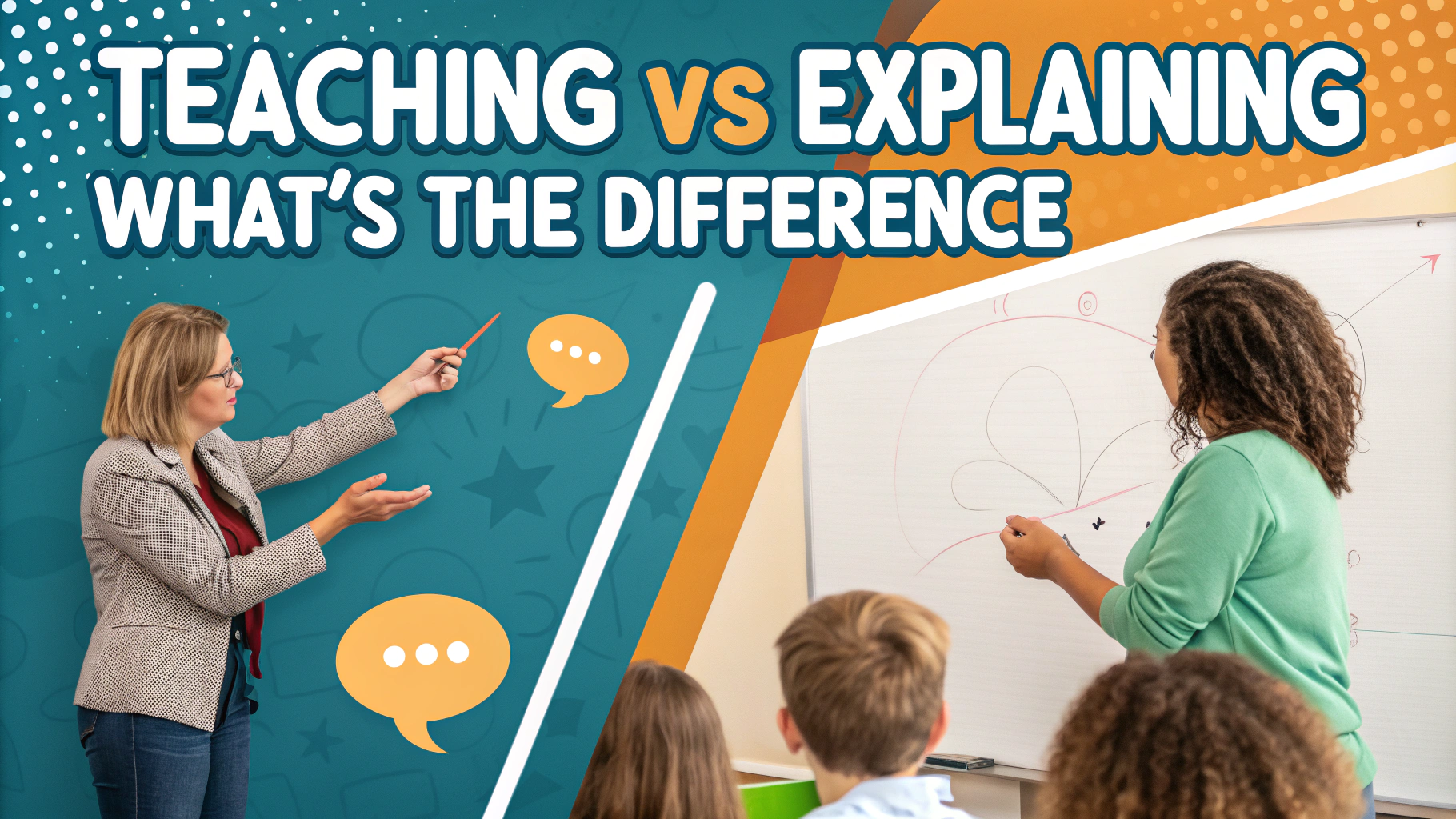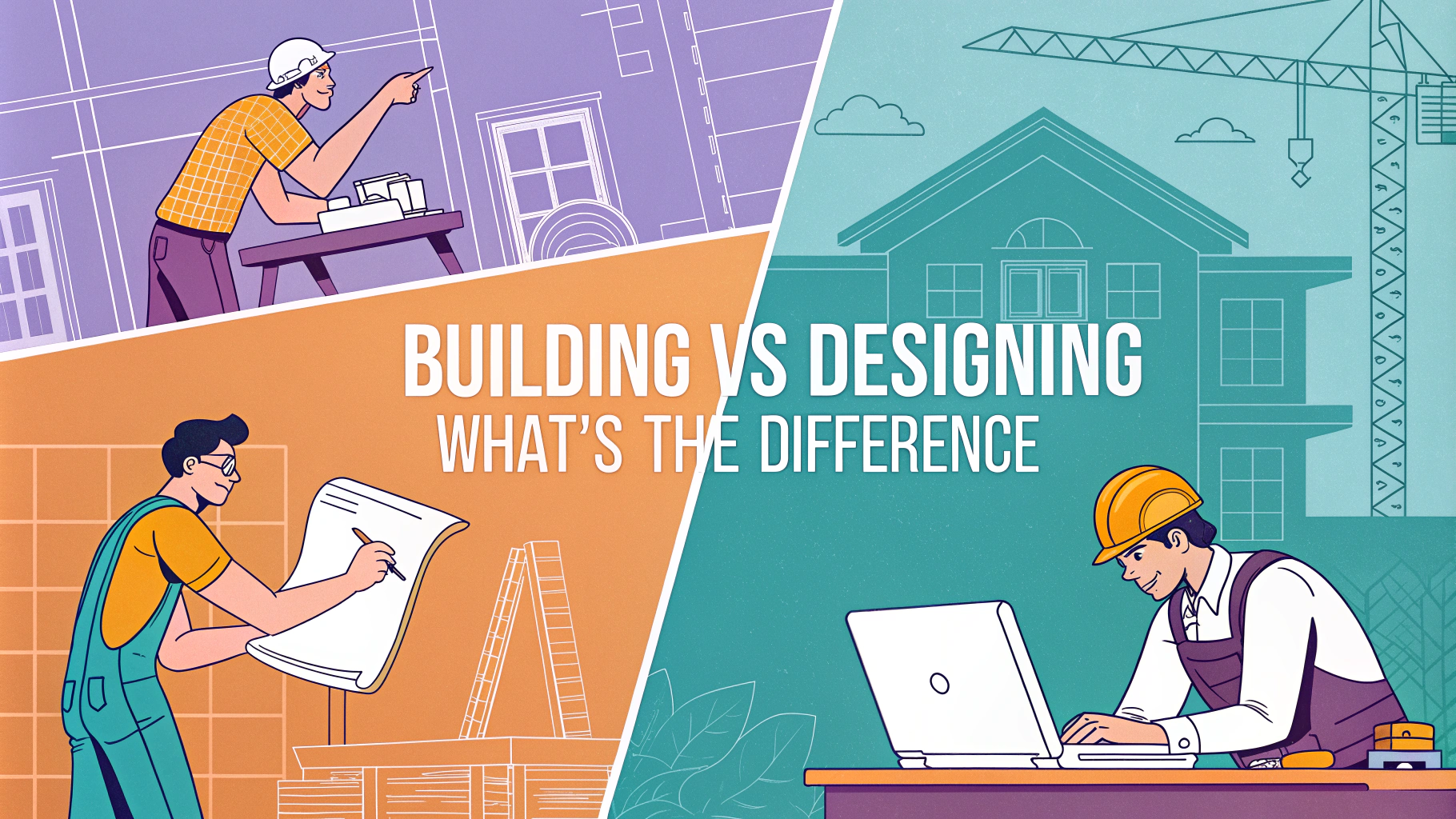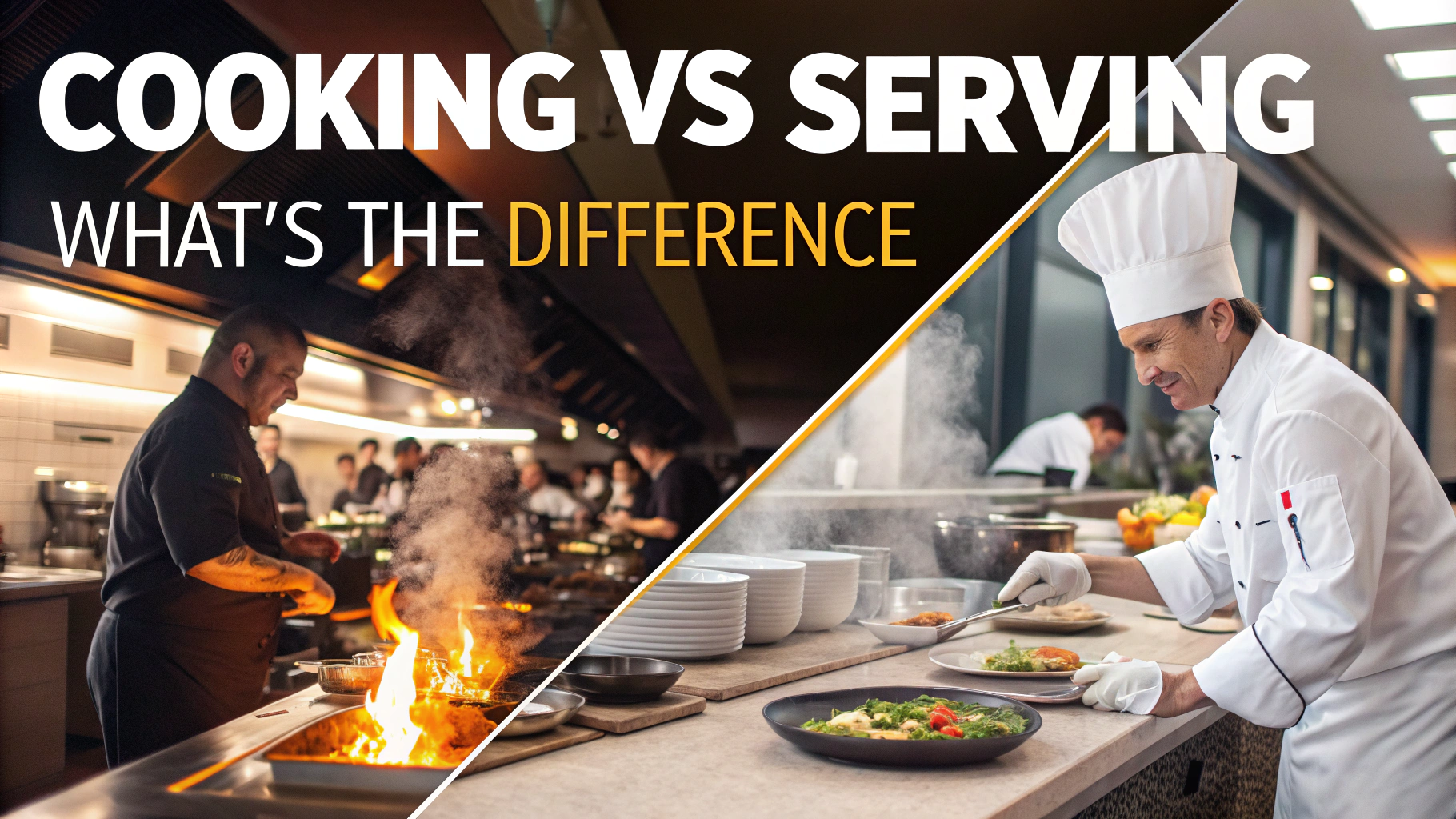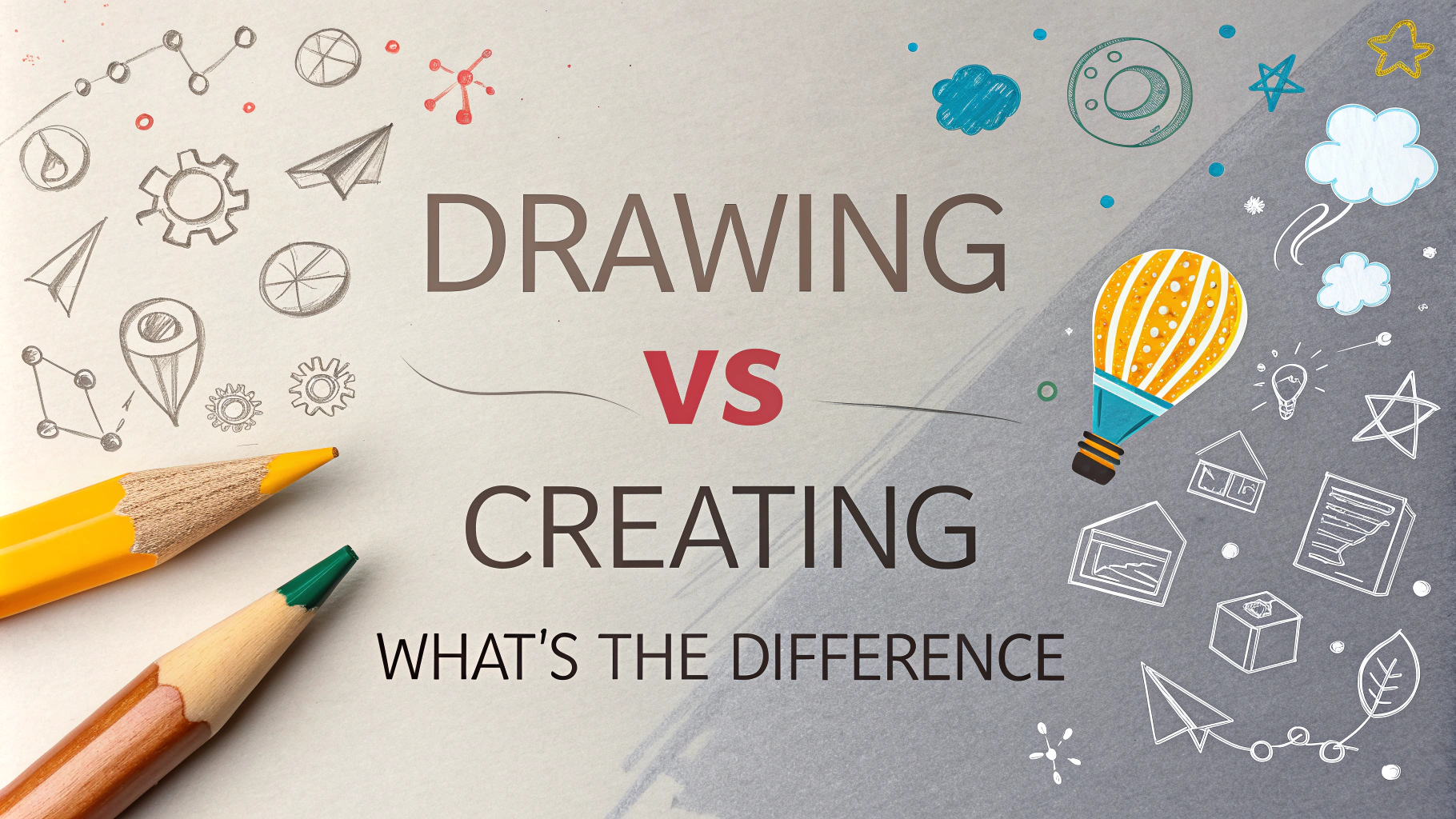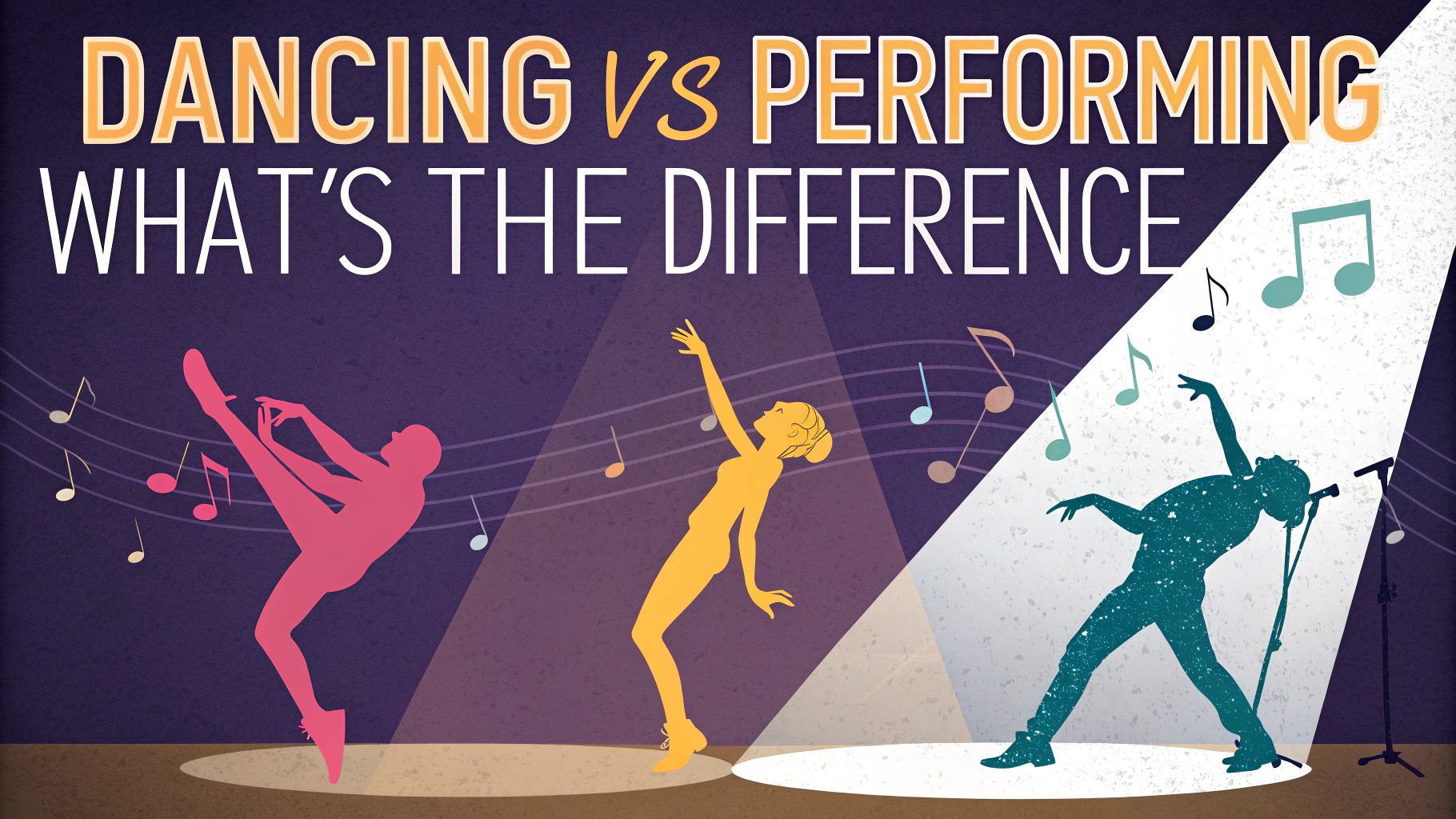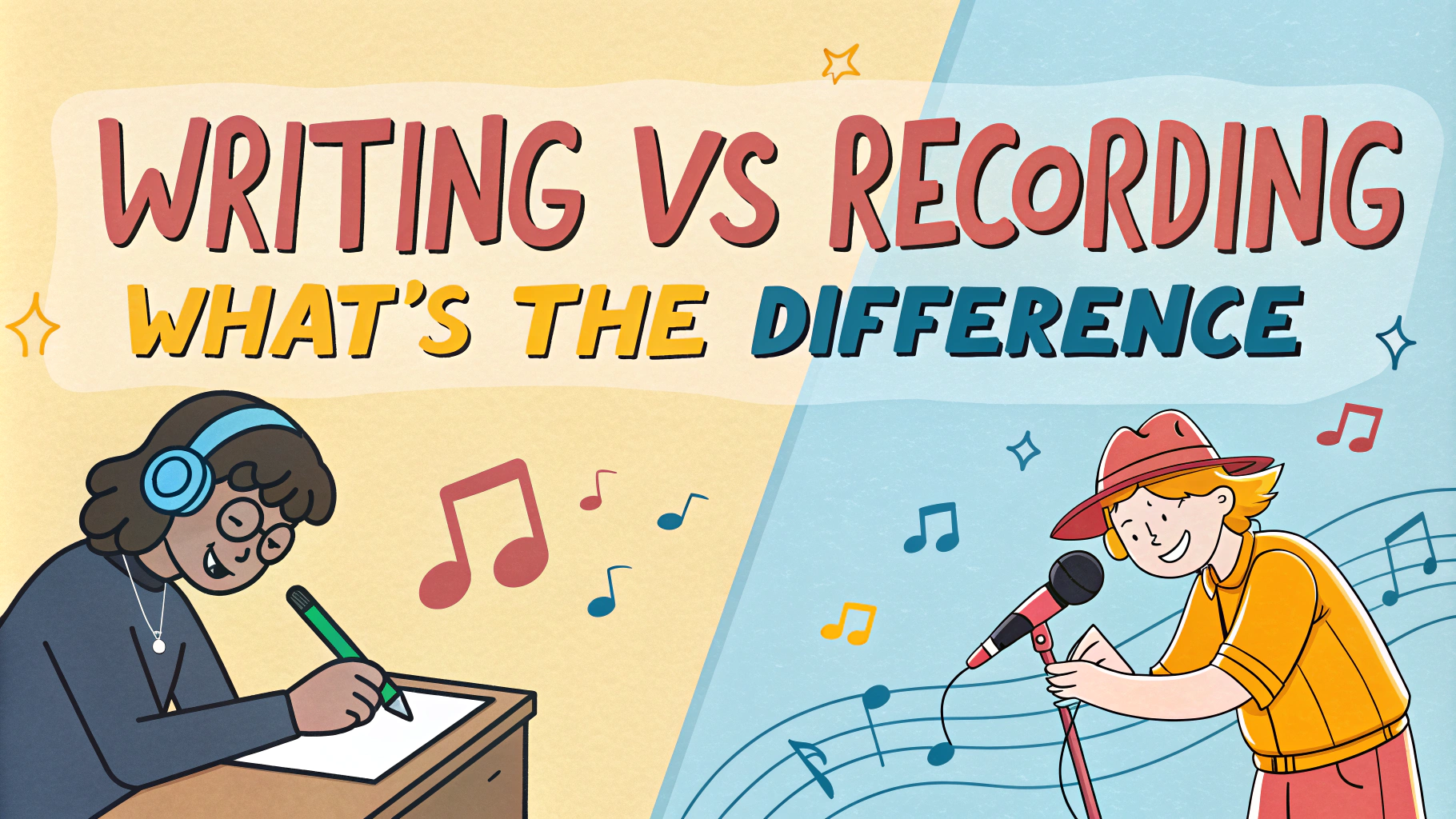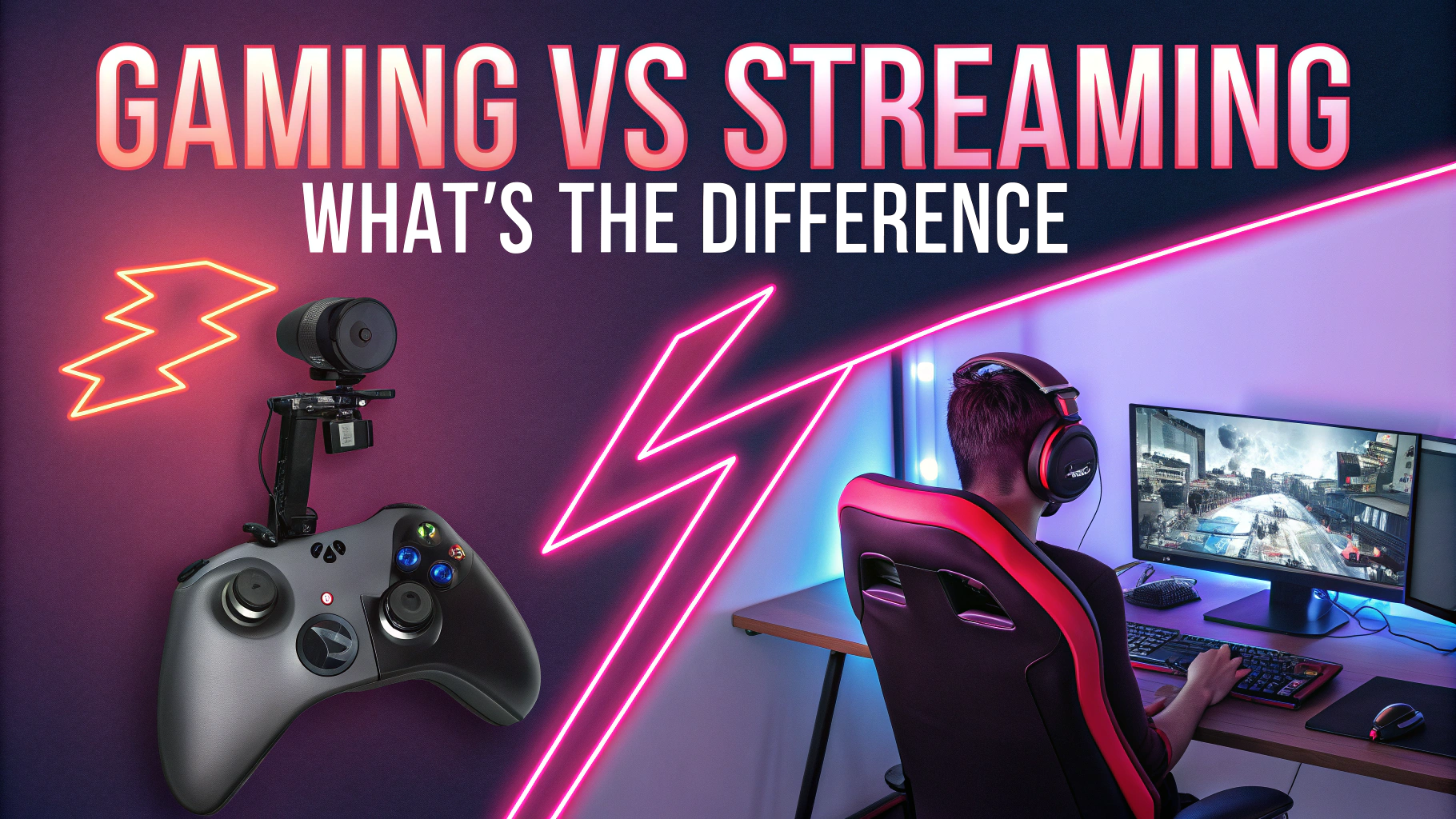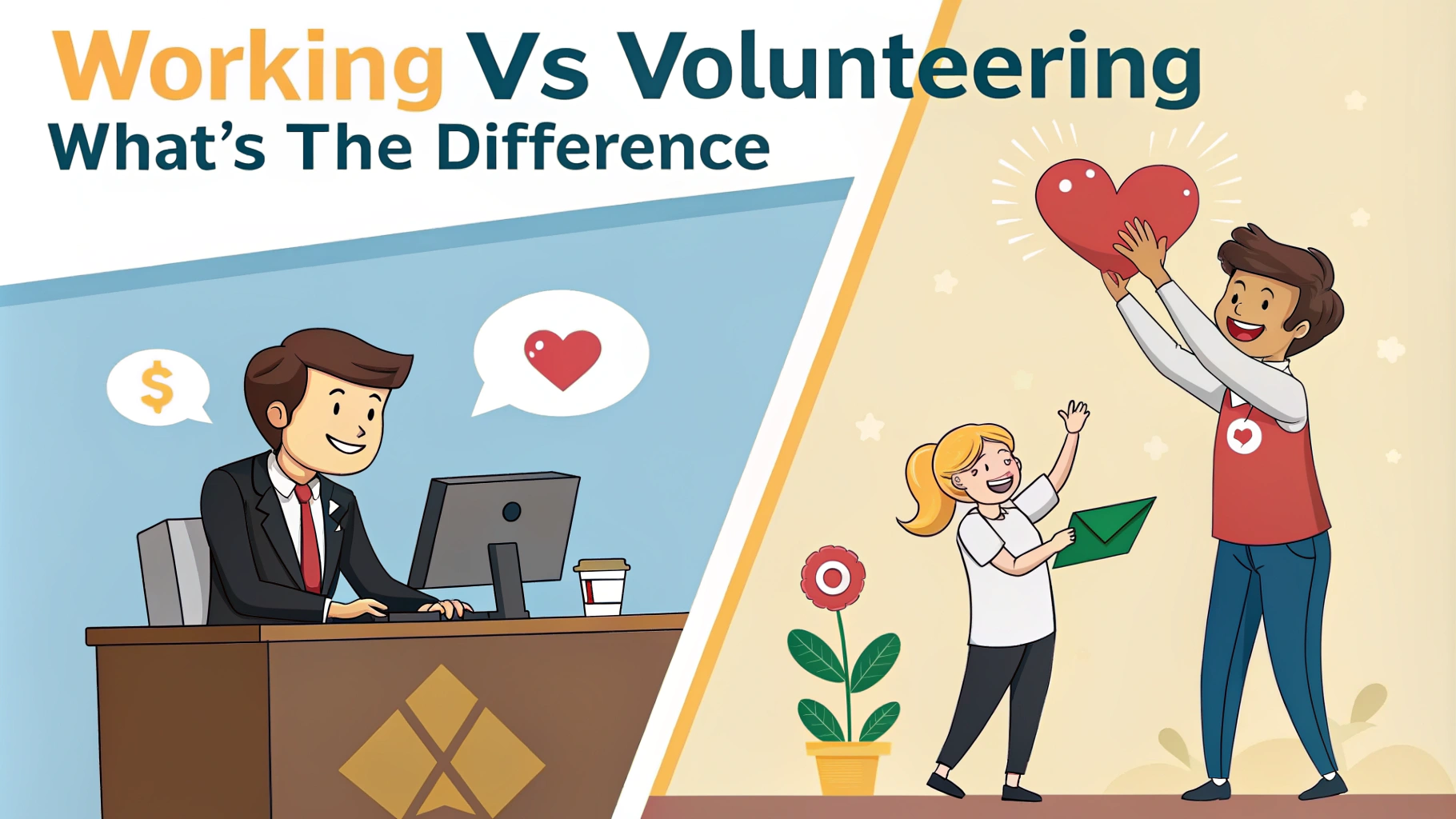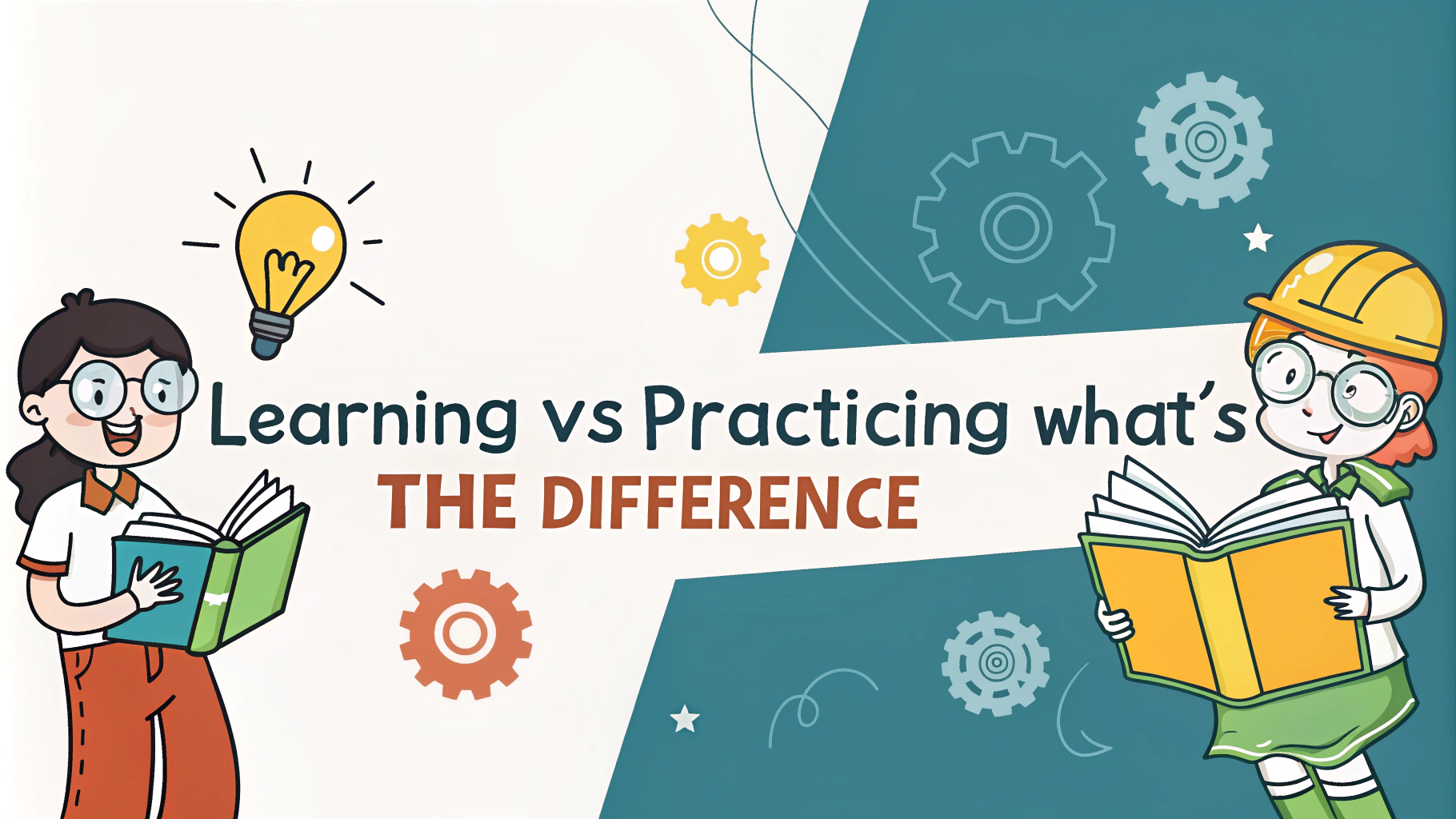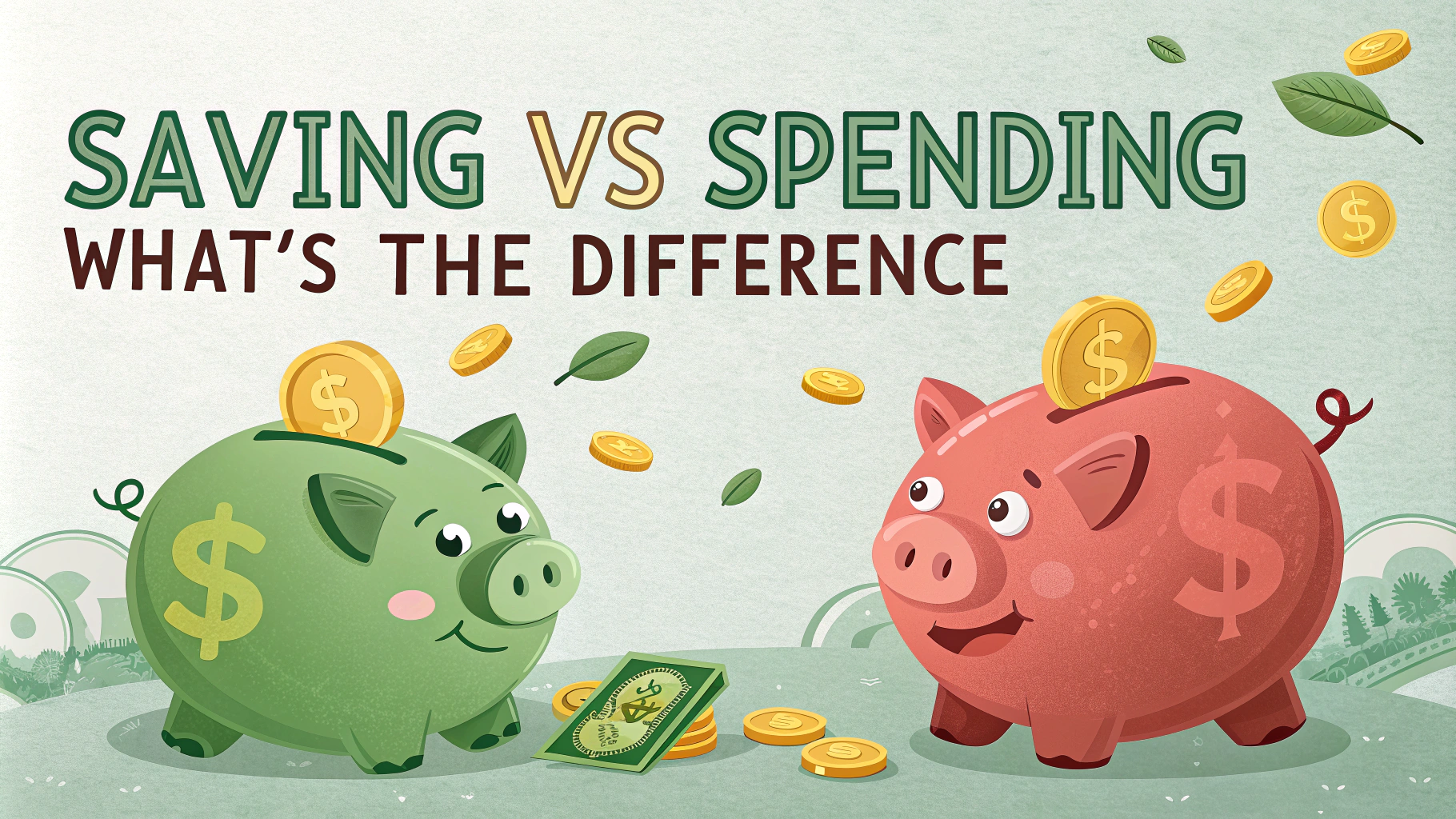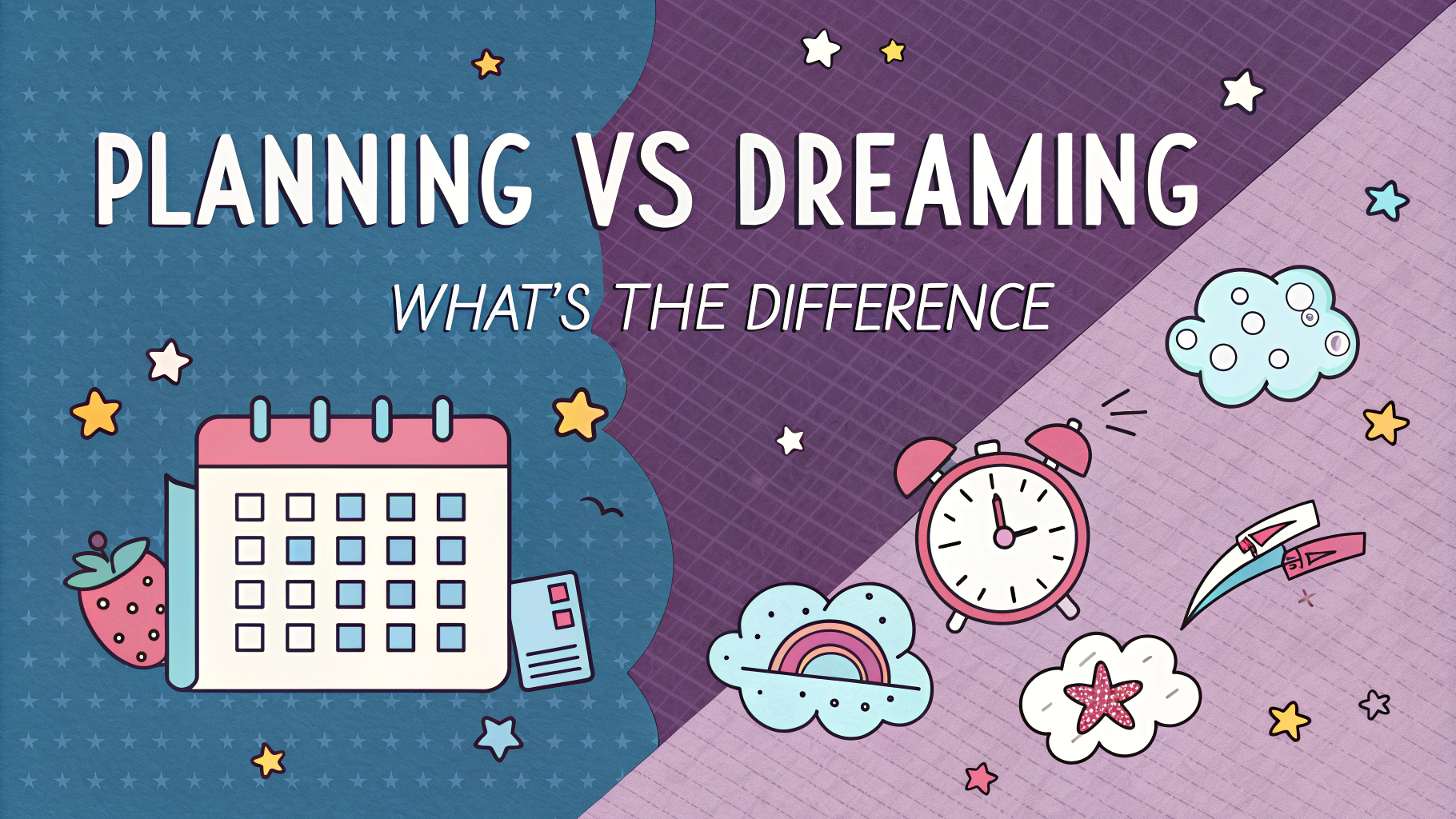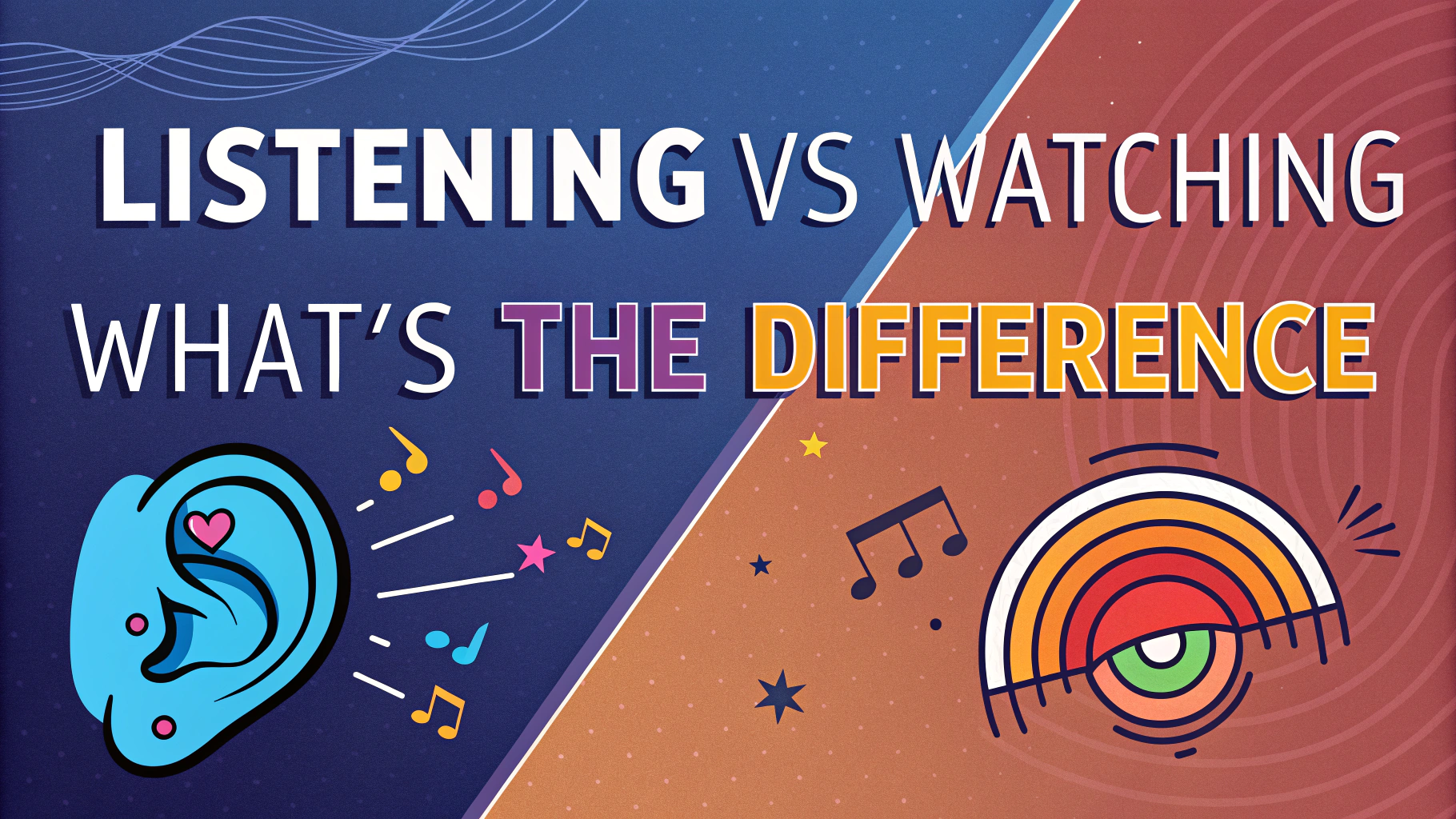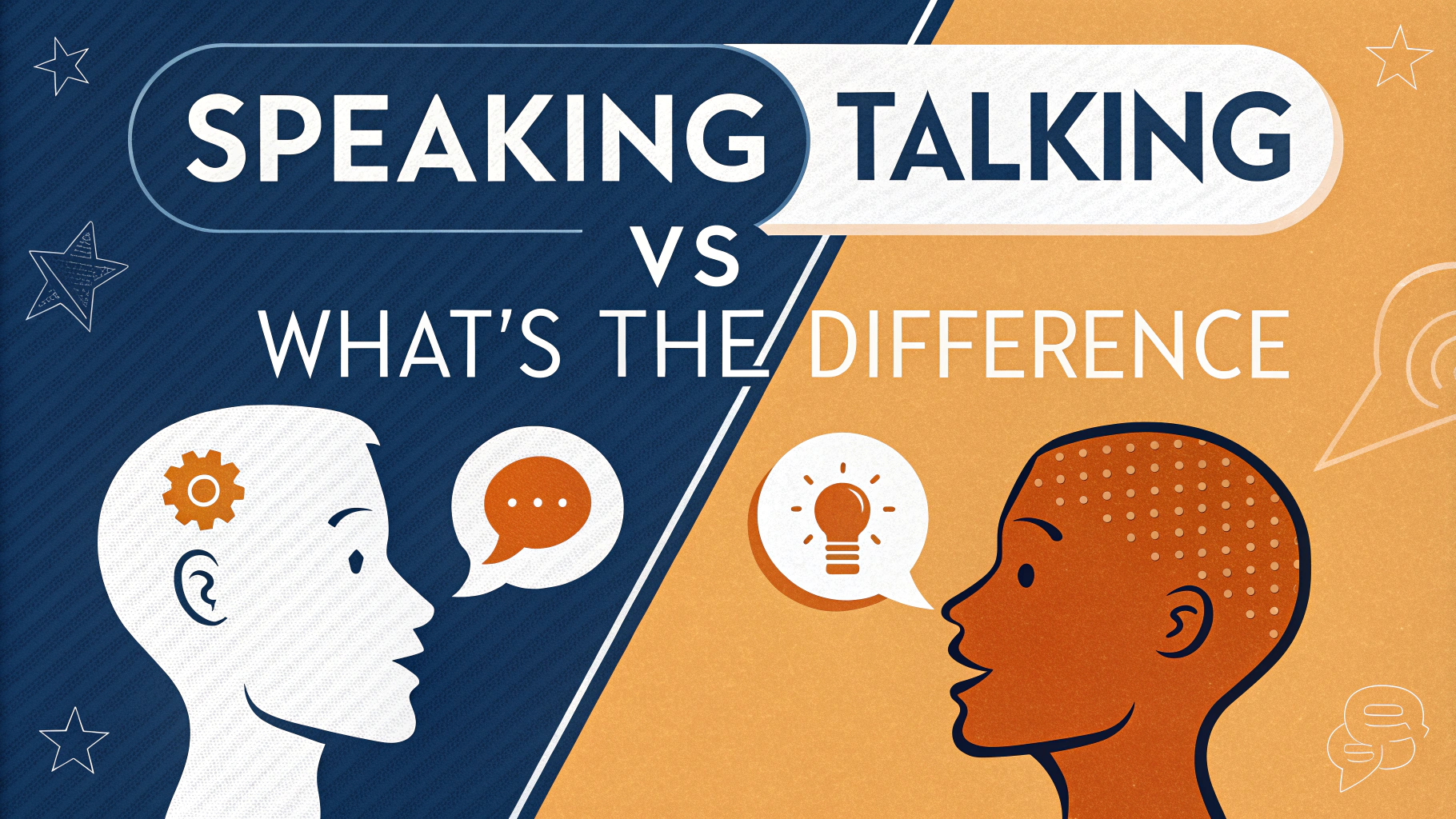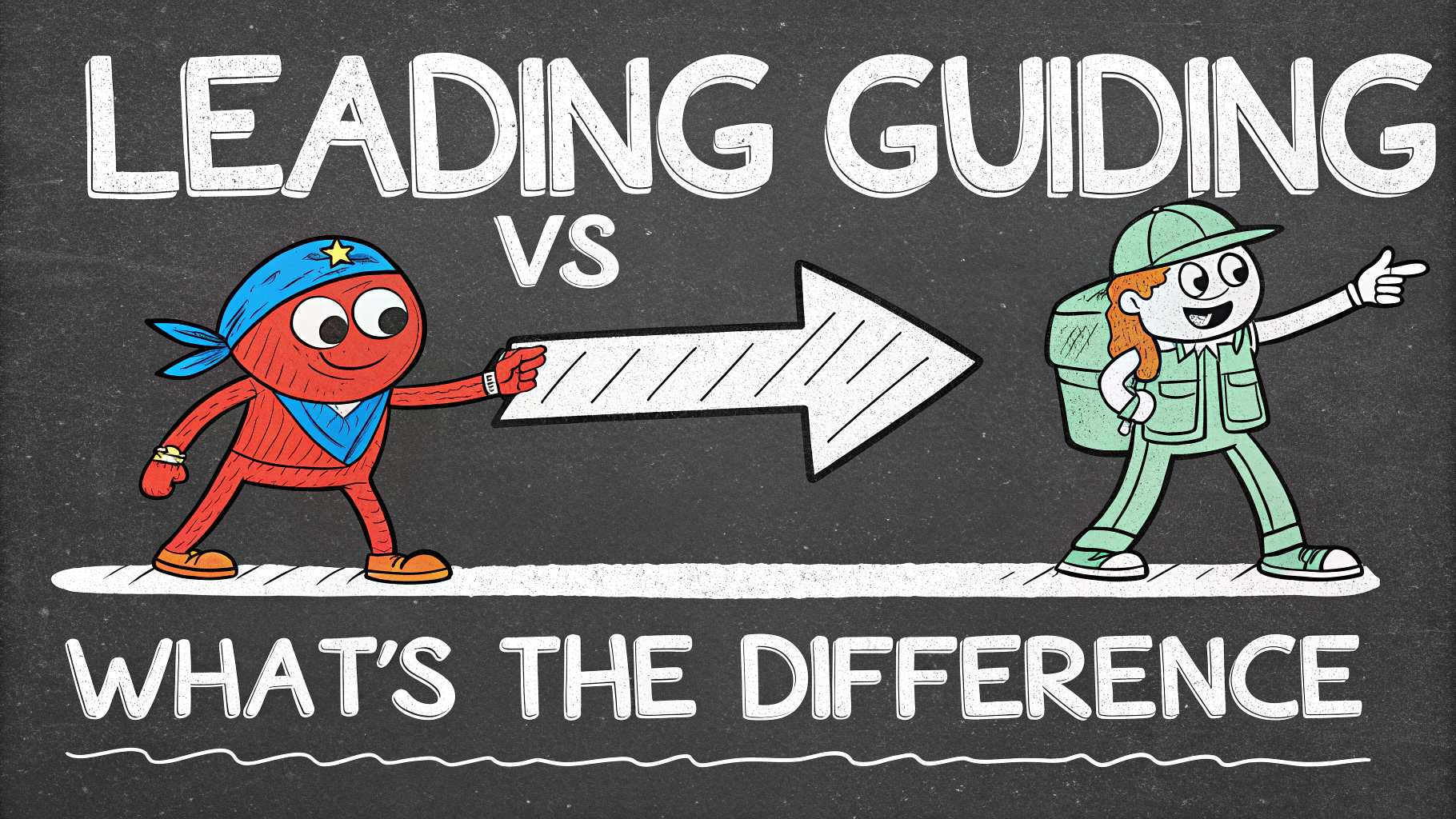The ways we communicate through speaking and writing shape how our message is received. While both methods share the goal of conveying information, they follow different rules and serve unique purposes.
Understanding these differences helps improve communication skills across both mediums. This quick guide breaks down the key elements that set speaking and writing apart, along with practical tips to excel in both.
Key Features of Spoken Communication
Immediate feedback and non-verbal cues make speaking a dynamic form of communication. Body language, tone, and facial expressions add layers of meaning beyond words.
- Real-time interaction and adjustments
- Natural pauses and rhythm
- Informal language and spontaneity
- Voice inflection and emphasis
Characteristics of Written Communication
Permanence and precision define written communication. Writers must carefully structure their thoughts without the benefit of immediate audience feedback.
- Organized structure and flow
- Formal grammar and punctuation
- Careful word choice
- Clear paragraph transitions
Adapting Your Message for Each Medium
Each communication channel requires specific adjustments to maximize effectiveness. Consider these format-specific approaches:
| Speaking | Writing |
|---|---|
| Short sentences | Detailed explanations |
| Repetition for emphasis | Concise, clear statements |
| Conversational tone | Structured arguments |
“The difference between the right word and the almost right word is the difference between lightning and a lightning bug.” – Mark Twain
Choosing the Best Medium for Your Message
Different communication goals require specific approaches. Timing and audience needs play key roles in selecting between spoken and written formats.
- Use speaking for emotional or urgent messages
- Choose writing for complex or technical information
- Consider audience location and availability
- Match the medium to required documentation needs
Building Better Personal Connections
Relationship building often happens more naturally through spoken communication. However, written messages can create lasting impressions when crafted thoughtfully.
| Speaking Benefits | Writing Benefits |
|---|---|
| Immediate emotional connection | Time to process information |
| Natural rapport building | Reference for future use |
| Quick conflict resolution | Clear documentation |
Common Communication Pitfalls to Avoid
Understanding potential problems helps prevent miscommunication across both channels.
- Speaking too quickly or quietly
- Using unclear or ambiguous language
- Ignoring audience feedback
- Overlooking cultural differences
- Missing key details in written messages
“The single biggest problem in communication is the illusion that it has taken place.” – George Bernard Shaw
Practical Tips for Better Communication
Small adjustments can lead to significant improvements in both speaking and writing effectiveness.
For Speaking:
- Practice active listening
- Maintain appropriate eye contact
- Use pauses for emphasis
- Match your body language to your message
For Writing:
- Read content aloud before sending
- Use clear headings and bullet points
- Keep sentences short and direct
- Include specific examples when needed
Remember that effective communication often combines both spoken and written elements to achieve the best results.
Speaking vs Writing FAQs
General Questions
Q: What are the main differences between speaking and writing?
A: Speaking is spontaneous, informal, and includes tone/gestures, while writing is planned, structured, and relies on punctuation/formatting. Speaking allows immediate feedback, writing enables revision.
Q: Which is more permanent – speaking or writing?
A: Writing is more permanent, creating a lasting record that can be referenced repeatedly. Speech is temporary unless recorded.
Speaking-Specific Questions
Q: How fast is normal speaking speed vs reading speed?
A: Average speaking speed is 125-150 words per minute, while average reading speed is 200-250 words per minute.
Q: What nonverbal elements enhance speaking?
A: Speaking includes:
- Facial expressions
- Hand gestures
- Body language
- Tone of voice
- Pitch variation
Writing-Specific Questions
Q: What formatting tools are unique to writing?
A: Writing uses:
- Punctuation marks
- Paragraphs
- Headers
- Text styles (bold, italic)
- Lists and tables
Long-tail Keyword Questions
Q: Is writing more formal than speaking in professional settings?
A: Yes, written communication typically maintains higher formality levels, especially in business contexts. Email and reports use more formal language than verbal conversations.
Q: How does grammar differ between speaking and writing?
A: Written grammar is more structured and precise. Speaking often uses incomplete sentences, contractions, and relaxed grammar rules.
Q: Which is better for learning – speaking or writing?
A: Both serve different learning purposes. Speaking improves immediate recall and confidence, while writing enhances deep understanding and memory retention.
Q: What’s easier – speaking or writing in a second language?
A: Most language learners find writing easier initially, as it allows time to think and edit. Speaking requires quick thinking and immediate language production.
Q: How does vocabulary differ in speaking vs writing?
A: Written vocabulary tends to be more diverse and sophisticated. Spoken vocabulary is often simpler, more repetitive, and includes more common words.
| Feature | Speaking | Writing |
|---|---|---|
| Speed | 125-150 wpm | 200-250 wpm (reading) |
| Editing | No revision possible | Multiple revisions possible |
| Formality | Usually informal | Usually formal |

